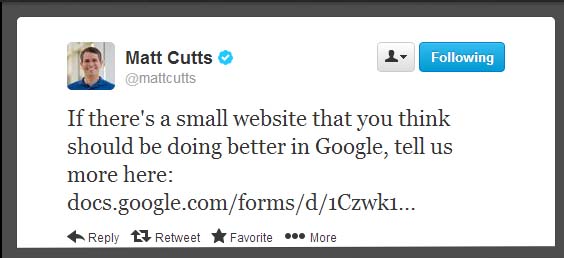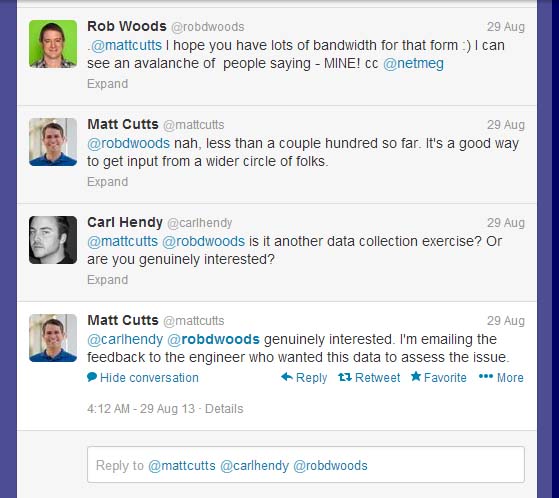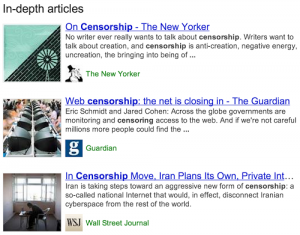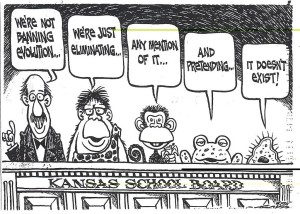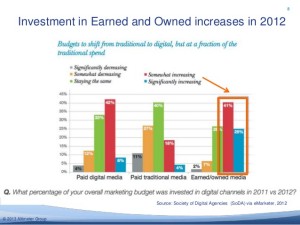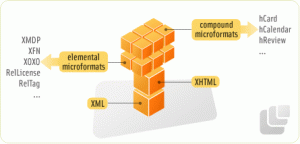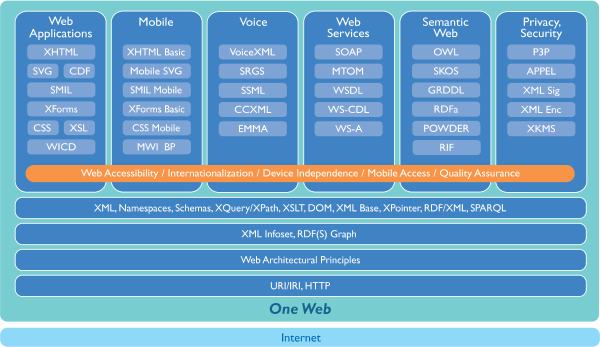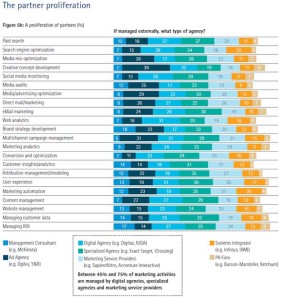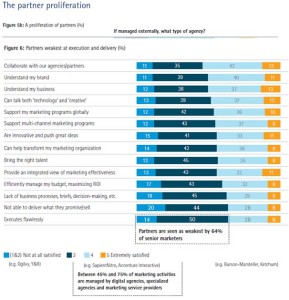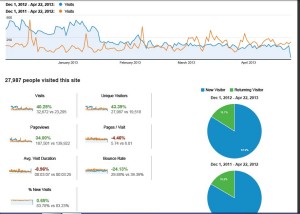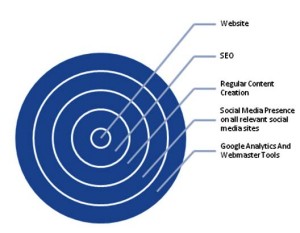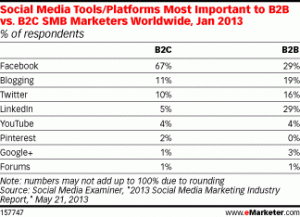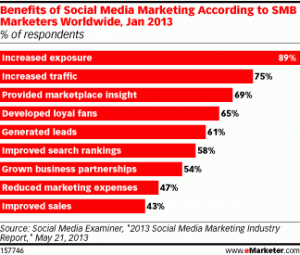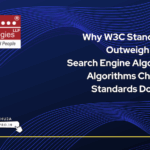Matt Cutts the head of the spam team at Google had recently tweeted and asked small website owners to submit their site via a Google Docs form
On the form Google has mentioned....
“Google would like to hear feedback about small but high-quality websites that could do better in our search results. To be clear, we're just collecting feedback at this point; for example, don't expect this survey to affect any site's ranking.”
Usually the big brands have an edge over the websites of small companies mainly because of the extensive web presence and more number of inbound links due to their popularity.
In reply to one of the tweets @mattcutts replied ...” We're looking for feedback from a wider circle of folks so we can assess the scope of things.” He has also further mentioned ... This is a separate attempt to see if there's small, good sites that should do better
In reply to @robdwoods tweet on the 29th of August 2013 it seems only few have filled the submission form and Google wants more data to come to conclusions...
